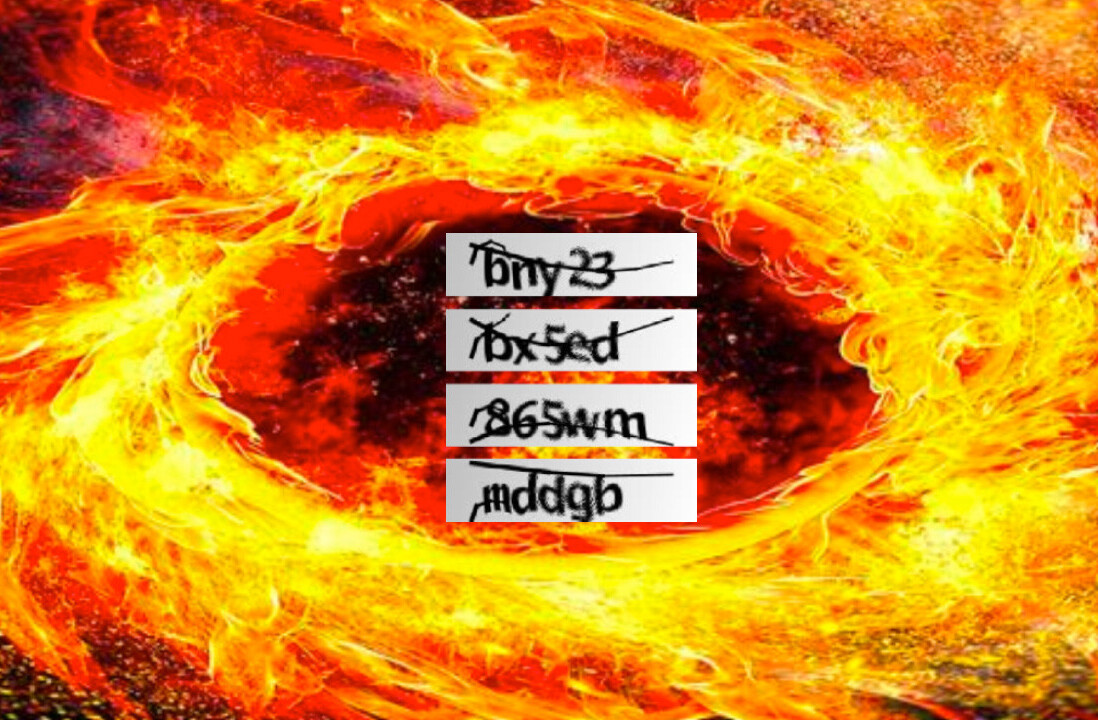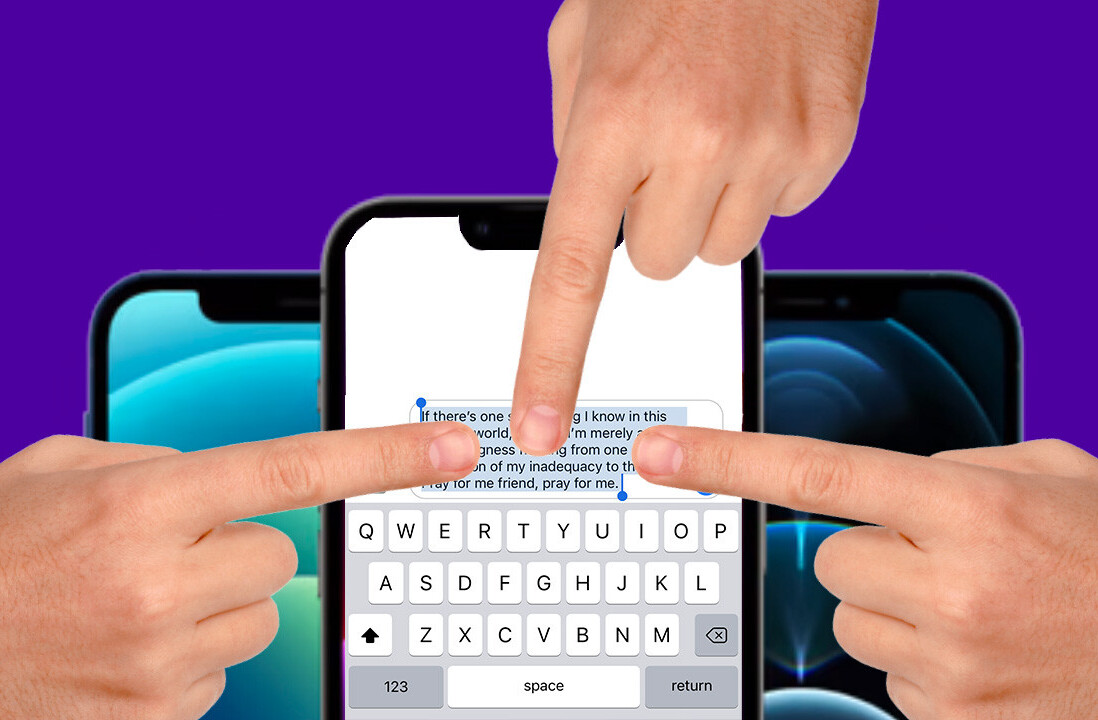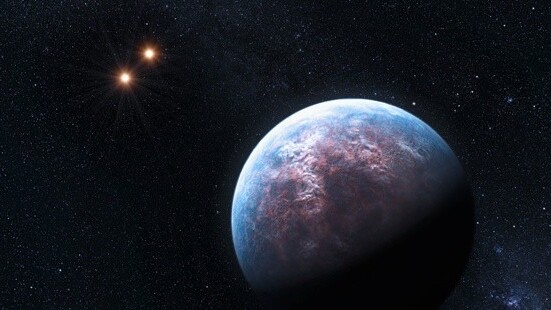
Like Apple is so fond of saying, on iOS, “there is an app for that”, even if you happen to be an astronomy enthusiast nerd. Exoplanet is a free (and $0.99 without ads) iPad and iPhone app that helps you keep up with all the new exoplanets constantly being discovered within our Milky Way galaxy.
What’s an exoplanet, you may ask? An exoplanet, or extrasolar planet, is any planet that falls outside our solar system. “As of November 4,” Wikipedia informs us, “696 extrasolar planets (in 572 planetary systems and 81 multiple-planet systems) have been identified.”
If you’re anything like us, you just want to know if there are aliens on any of those planets and if they are coming to get us! That’s the sort of info that you can get anywhere on the Internet. In fact, here you go: there may, in fact, be aliens out there but we haven’t encountered any yet, and they may be coming to get us, but we have no information on that yet either. So yeah, we don’t know much about aliens.
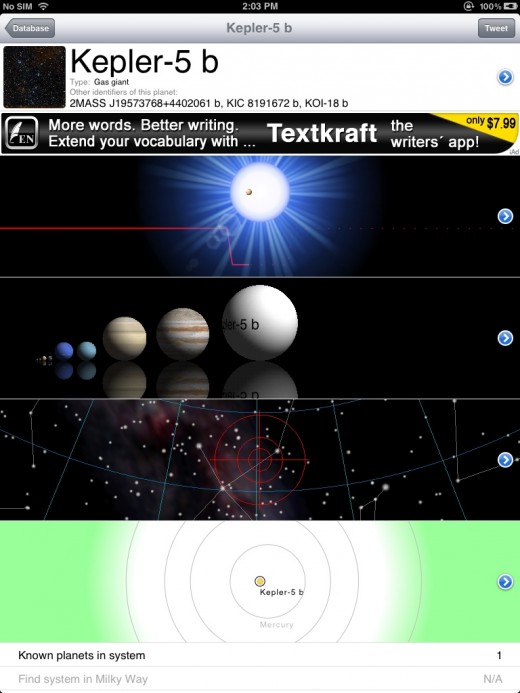
But, as it turns out, we do know a lot about planets that our within our galaxy but not in our immediate vicinity. And if you’re the sort who’s interested in knowing the nitty-gritty of what lies where in our galaxy and what it looks like, Exoplanet for iOS is right up your orbit.
Hanno Rein, the developer of the app, is an astronomer and he has packed it up to the gills with every exoplanet known to man. That’s 697 and counting, as of this writing (yes, it’s a little ahead of Wikipedia), so there’ll be no shortage of planets for you to find more information about. Of course, they all look the same from where we stand, but then we’re no astronomy geeks.
The app includes each planet’s name, mass, orbital period, eccentricity, discovery method, discovery year and date of last update. Oh, and whether it falls in the so-called “habitable zone”, its metallicity, spectral type, magnitude…just know that it contains a ton of data about every single planet it includes.
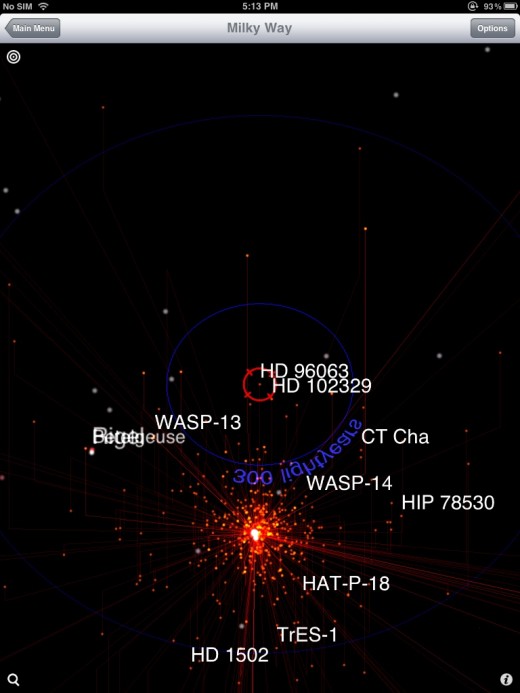
Whats really cool is that it shows an animation depicting how the planet was discovered, the actual image of the host star (for the ones that we do have images), the position of the planet in space, its size in relation to planets in our solar system and a superimposed diagram of its orbit on the orbits of the solar system planets. You can also see whether its orbit lies in the “habitable zone”.
The habitable zone, by the way, is the distance from the host star at which point a planet is neither so far that the water on it freezes nor so close that it evaporates. Our dear earth happens to fall in this zone—or rather, scientists have determined the distance parameters for this zone based on the earth’s from the sun—and other exoplanets that fall in it have a greater chance of hosting life than those outside it.
There are two more cool things about Exoplanet. The first is the interactive map of the Milky Way galaxy. The app presents you with a map of all the known planet systems in our galaxy and you can tap on any of them to lock focus on them on the screen. Then you can zoom in right up to the core of that planet system’s star. You can see a sped up animation of the planets whizzing around in their orbits and change the camera angle to see things from a different perspective. A button lets you jump to our solar system at any time.
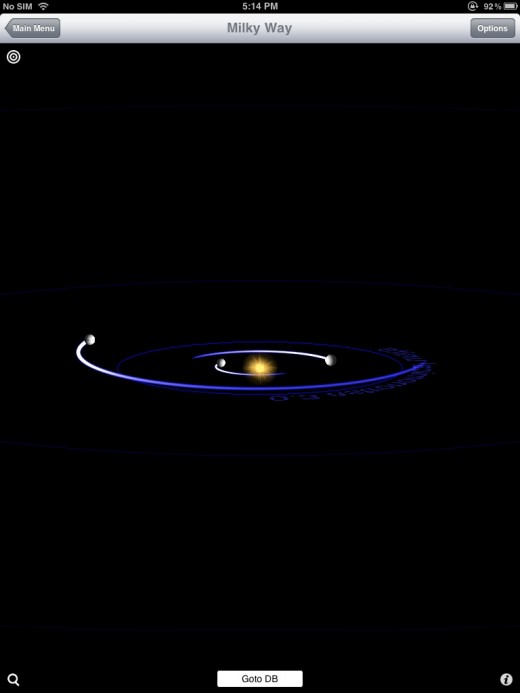
Finally, there’s push notifications. Given your permission, Exoplanet will send you a push notification every time a new planet is discovered and added to its database. Launch the app and you can then find out all the details about the newest contender for possible alien life out in space. No, really, it is not as implausible as it may sound to the untrained ear—just ask the Chilean scientists who discovered Gliese 581 c.
Besides the database of planets, Exoplanet also contains news from the world of extrasolar planets and correlation diagrams (the latter of which seemingly requires deeper delving into the science of astronomy than we were able to do). It also has a lot of very useful background information and helpful explanations about the various parts of the application. It’s not exactly easy to understand, given the subject matter, but it should help if you are familiar with the basics.
The only drawback we found in Exoplanet is that, on the first-generation iPad we tested it on, it would often end up consuming too much memory and become so slow that it was virtually unusable. We had to force quit the app and restart it on several occasions. It is not a deal breaker—specially for a free app that is otherwise quite good—and we suspect it’ll be better behaved on a more recent device, but it’s a drawback nevertheless.

Other than that, if you are an extrasolar planet geek, we don’t see why you shouldn’t download Exoplanet and give it a go. The free version of the app contains iAds, but you can pay a dollar to get rid of them. They aren’t particularly intrusive, however, so you should be able to enjoy the app regardless of whether you pay up or not.
[Exoplanet is available for free on the App Store and is compatible with all iPads and iPhones running iOS 3.1.3 or later.]
Get the TNW newsletter
Get the most important tech news in your inbox each week.

